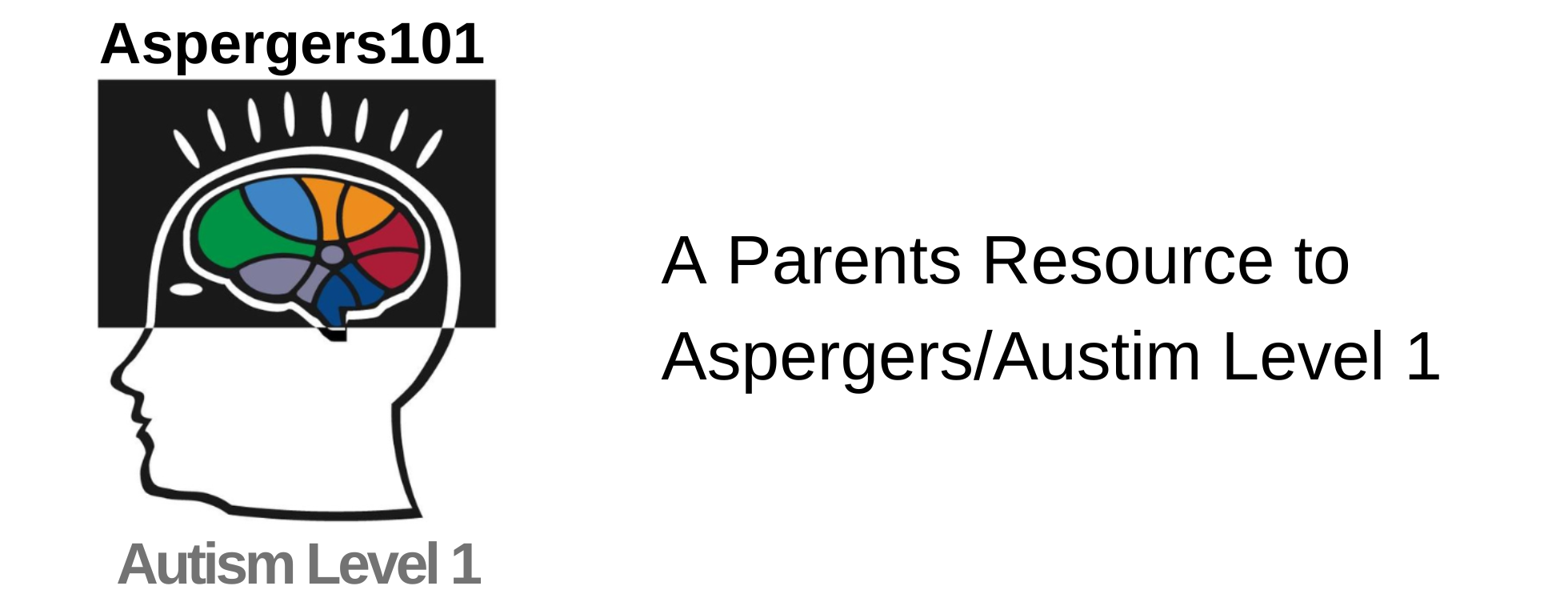We don’t go through life strongly agreeing or disagreeing with what our friends or colleagues tell us. More often we simply accept what is said. In fact among friends, in particular, simple acceptance is the normal response.
(Note: there is purposely no audio with the above video)
So this first expression of emotion is a good place to begin. It’s an example of something subtle and commonplace, but nevertheless important to read. For example, if you want to run through a plan for when to do a chore today, or what to buy for dinner. How can you tell when someone accepts what you are saying? We will see later in this series when someone looks actively interested, but this example is more subtle.
It’s when someone is saying, “Yes, sure I’ll buy that” or “Yes, I’ve thought about it and it’s okay”.
The steady direct gaze tells us that she is relaxed. Her eyebrows are raised and stay raised in a way that says, “I’m thinking and yes I’ve thought it through”.
Her gentle shake of the head says she has no problem with the statement.
Her mouth closes gently to indicate she has reached a conclusion to her thinking.
This expression is about telling us through the gaze, the eyebrows and the gentle movement of the head that she accepts what I have said.
This is an emotional response which is positive, but in a weak way. A clue to its meaning lies in the absence of the signs of disagreement or discomfort. For example, If the eyebrows had shot up rapidly and she had looked away we would see that she did not fully accept what had been said.
Signs to note
- steady, direct eye gaze
- gentle shake of the head
- lips together, but not compressed
- raised eyebrows, for several seconds
by: Dr. John Habershon
Dr John Habershon has spent many hundreds of hours conducting in-depth interviews during his career in consumer and social research. Over the last eight years he has analysed the nonverbal responses captured on video on a wide range of topics, ranging from favorite products and advertising on TV, to bereavement and stress at work. He became involved in work for those on the autism spectrum through friends with Asperger’s in the family and has created Emotions Reader, (https://vimeo.com/ondemand/readingemotionssystem) an interactive program with quizzes to help users identify facial expressions. John has a long standing interest in understanding emotions, having gained his PhD on the psychological effects of unemployment at Imperial College, London University. He has been elected a Fellow of the Royal Society of Arts. http://www.momentumresearch.co.uk/


